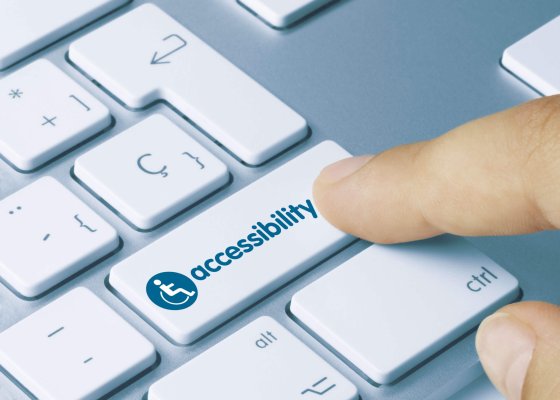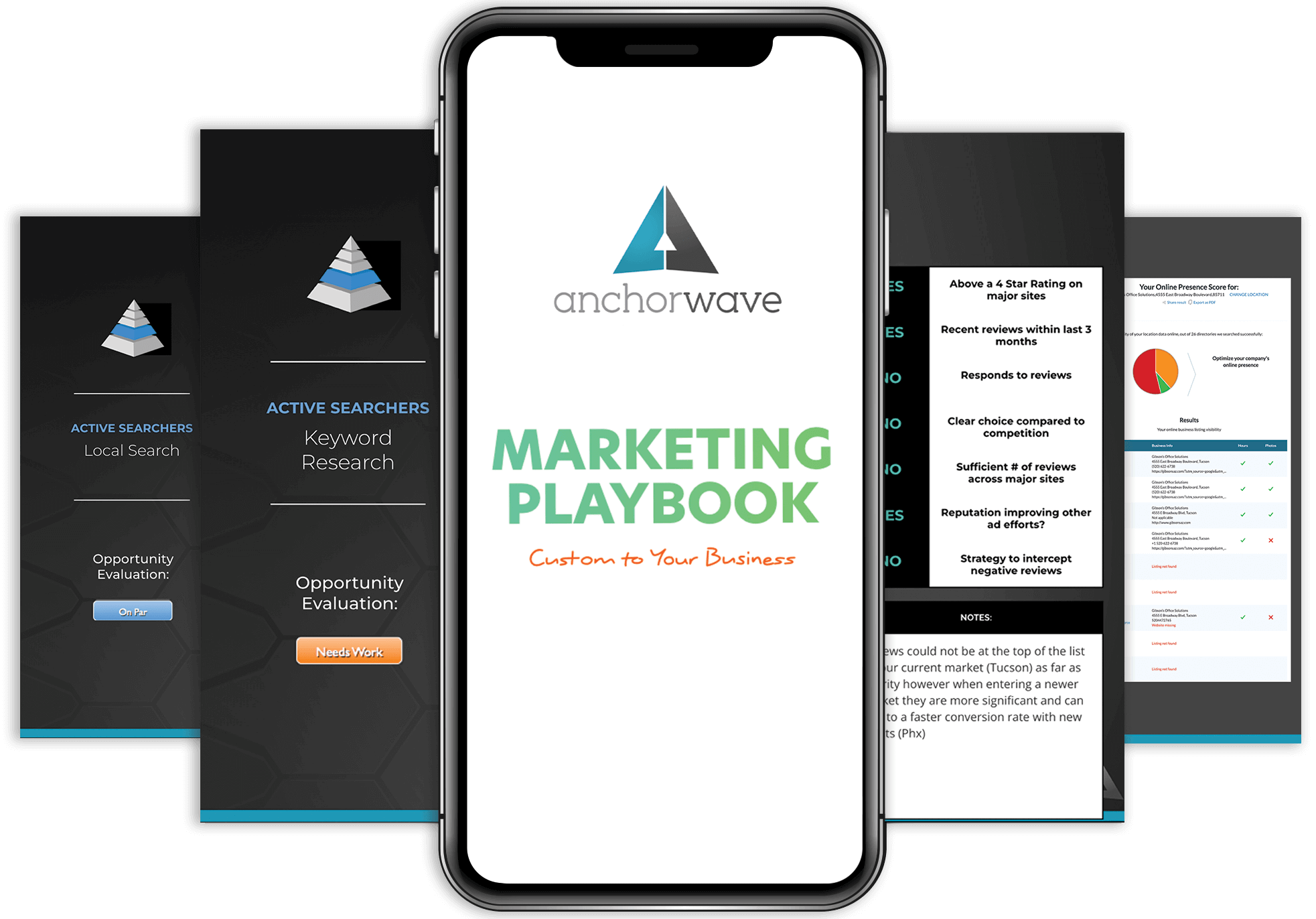When it comes to web design, you should always be considering the people who will use your website as you make decisions about colors, content, and layout that will ultimately form the total user experience. Unfortunately, one potential audience that is not always considered in web design is the disabled—specifically those with visual or hearing impairments. Though there are different types of technology that can assist these populations in navigating the web, your website needs to be compatible with these technologies so that you are not ruling out possible end users who might be interested in your products or services but will never know because they cannot navigate your website. This blog post will give you some guidance on increasing the accessibility of your website so that you are able to cater to all interested consumers, not just those who browse the internet through more conventional means.
Why Accessibility Matters
There are many reasons to care about the accessibility of your website. Aside from the Americans with Disabilities Act legislation that mandates that business and government websites be accessible to those who are visually impaired, there are many other things to consider. First, there may be more people with visual disabilities visiting your website than you think. Nearly 3% of adults over the age of 40 are legally blind, and this figure does not account for other visual disabilities, such as difficulty parsing written text, color blindness, or partial vision loss.
Next, you must think about consumer convenience. Regardless of ability, consumers will not stick around on a website that’s hard to navigate. Unless someone knows that your site is the only source of the information they need (which is very unlikely to be the case), he or she will simply turn to a more accessible website if yours is not easily navigated by a screen reader or braille translator. That means that accessibility can reduce your bounce rate and make your site more competitive in search results, ultimately boosting your SEO and visibility to all audiences. Plus, simply having an ADA-compliant website can be a boost for your reputation, since it shows that you value your customers and want to take steps to provide them with a positive experience in the virtual storefront of your website—not just in your physical place of business.
What You Can Do
Working with web design professionals will help you cover your bases with website accessibility, but it does help to have an idea of the steps that are necessary for improving site navigation for visually impaired individuals.
- Be Screen Reader Friendly – For many blind and visually impaired people, screen readers will be essential for navigating the web. This software reads the text on a page out loud (and picks up on voice navigation from the user) to create an audio display for visual text. Here’s how to be compatible with this software:
- Use headings correctly – Screen readers rely on headings to make sense of content structure, so headings should be implemented throughout each page of your website. This will help keep text organized and easy to navigate.
- Include alt text for images – Including an image in content can be a great way to further illustrate a point or enhance the visual aesthetic of a page. But what will images do for the visually impaired? If your images have alt-text included, they can actually have a strong impact, even for those who can’t see them. Describing what’s happening in an image through alt-text, which is easily picked up by screen readers, is a great way to bridge that gap for visually disabled individuals.
- Label links well – From now on, it will be beneficial to ban “click here” from your vocabulary. Instead, make hyperlink text more descriptive so that it is clear where the destination page is. For example, instead of “for more information, click here,” use more detailed, descriptive language such as “to learn more about our programs, visit our Afterschool Education enrollment page.”
- Use Colors Carefully – Color is something you probably use carefully on your website, because it can reflect your branding and set the mood on a given page. However, you should also think about how easily someone can read text that is in color—especially if it’s over a colored background. There are color contrast tools available to indicate whether a color combination will be appropriate for colorblind readers, so do use these tools to enhance the text on your site.
- Caption Video Content – Just as you should make visual content easily audible to make it more accessible to visually-impaired audiences, you should make audio content visible for hearing impaired individuals. Adding captions to videos on your site—as well as those you post on social media and YouTube—is a simple but important step in ensuring that everyone and anyone can receive your message.
At Anchor Wave Internet Solutions, we understand that it is essential to design business websites that are easy for anyone to access. If you’re concerned about the accessibility of your website, give us a call today at (520) 622-3731 to learn how we can help.

